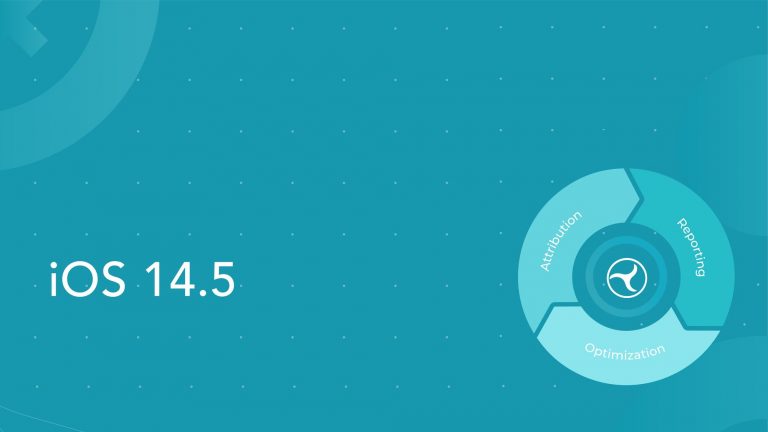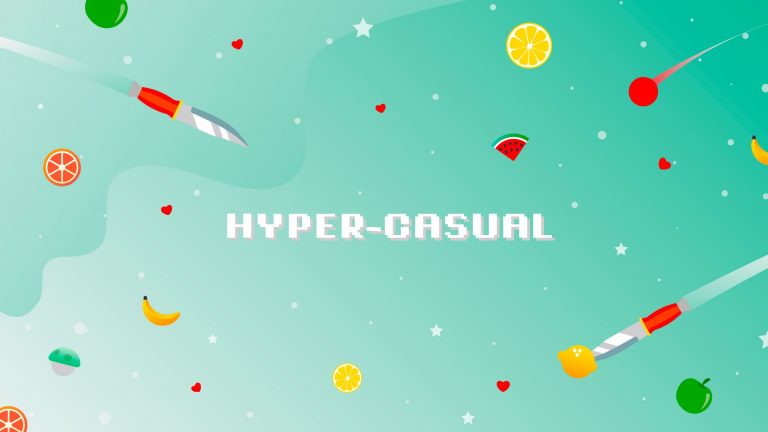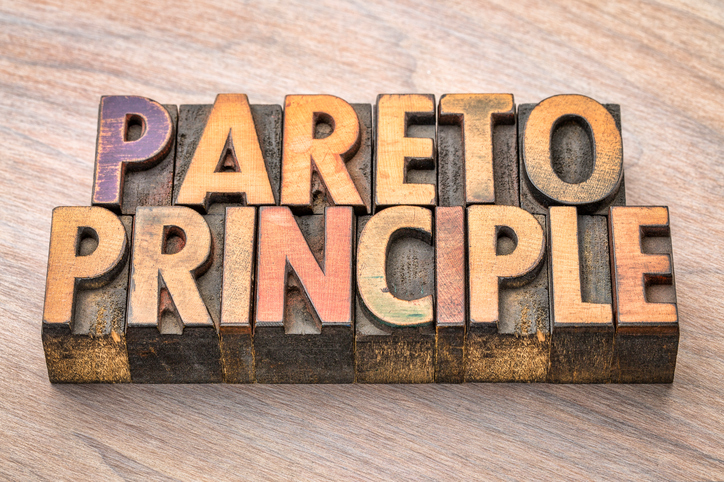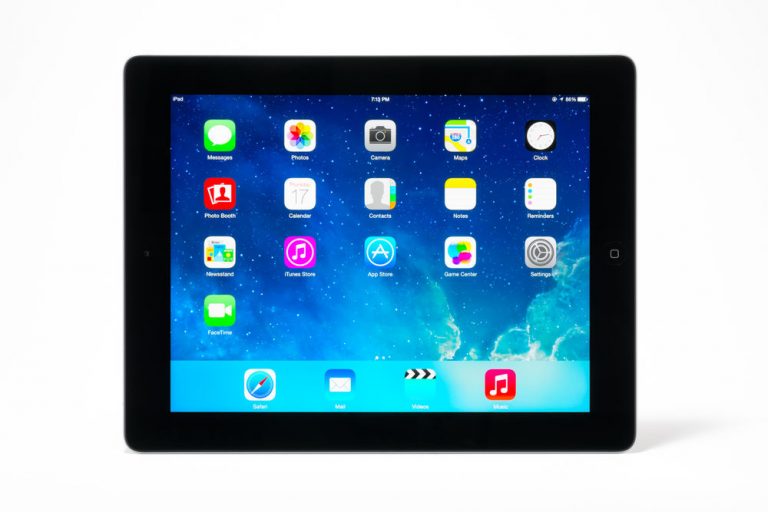Tabarak Paracha
May 28, 2025
In this article, Andre Kempe, Founder of Admiral Media, discusses the ins and outs of TikTok advertising for mobile apps.
Here’s what he explores:
-Why TikTok Ads?
-What common challenges do advertisers face on TikTok?
-How do TikTok campaigns differ from Meta (Facebook/Instagram) campaigns?
-What exactly are Spark Ads, and why do they matter?
-What are some best practices for TikTok creatives (with real examples)?
With its unique algorithm and user-driven content, TikTok offers a unique opportunity to connect with potential customers in a way that traditional advertising channels simply can’t match. As a performance marketing agency with a strong focus on app marketing, Admiral Media has a wealth of experience in navigating the ever-changing landscape of TikTok ads.
The Challenges of TikTok Advertising
One of the key points that Andre highlighted is the unique nature of the TikTok algorithm and the challenges it presents for advertisers. Unlike the more predictable performance of Meta (Facebook and Instagram) campaigns, TikTok ads can be subject to sudden, dramatic spikes and drops in performance.
In the image below you can see that while your spend increases linearly on Meta, so do your installs or campaign performance. The results in Meta stay more or less stable unless you make dramatic mistakes.
The bottom two graphs show what is happening with TikTok. The red arrow shows the week a new ad had been implemented. This is an example of how in TikTok creatives can blow up fast, and your install volume can suddenly increase significantly.
As Andre explained, “Expect crazy ups and downs with TikTok. One downside here is it can go in the other direction as well, meaning the duration an ad is performing is very short-lived. So you have only a very short moment in very many cases, and this puts a lot of pressure on you to produce a lot of creatives.”
This unpredictable nature of the TikTok algorithm means that advertisers need to be agile and constantly adapt their strategies to keep up with the platform’s ever-changing trends and user preferences. It’s a challenge that requires a significant investment of time, effort, and resources to overcome.
Spark Ads: Leveraging Organic Content in TikTok
One of the key strategies that Andre discussed for navigating the TikTok advertising landscape is the use of Spark Ads. Spark Ads are a TikTok-specific ad format that allows advertisers to promote organic content created by TikTok users, rather than traditional, branded ads.
As Andre explained, “Spark Ads is nothing new. It’s been on the market since quite some time, and it’s something that TikTok has basically also just copied from Meta, which was a branded post. Where you were, as an influencer, posting content and a brand could say, ‘I want to promote that post from the influencer,’ and put some money behind this post. And then in the feed of the usual user, it would look like an organic post because the sender is the influencer and not the brand.”
The key advantage of Spark Ads is that they help to create a more authentic, user-driven advertising experience. By promoting organic content from TikTok creators, advertisers can tap into the platform’s native content ecosystem and leverage the trust and engagement that these creators have built with their audiences.
Best Practices for TikTok Creatives
In addition to Spark Ads, Andre uses his case study with Bigvu to share some valuable insights and best practices for creating effective TikTok ad creatives. One of the most important lessons is the need to embrace the platform’s native content and styles, rather than trying to replicate traditional advertising formats.
As Andre noted, “Forget polished, professional ads. TikTok thrives on authentic, user-generated content. This is something that many people still don’t understand, and you still see a lot of super high professional produced content on this platform.“
Instead, advertisers should focus on TikTok DNA and user motivations.
Addressing the Challenge of Creative Fatigue in TikTok
One of the key challenges is the issue of creative fatigue on TikTok. Due to the platform’s fast-paced, ever-changing nature, the lifespan of individual ad creatives can be quite short, often lasting only a few days or weeks before performance starts to decline.
To address this challenge, advertisers need to be prepared to invest significant resources into content production, constantly ideating and creating new, engaging creatives to keep their campaigns fresh and relevant. This can be a significant investment of time and effort, but it’s a necessary one for success on the platform.
Watch the full video here, or read the transcription below for a deeper dive into the conversation.
_________________________
Roman:
Hi everyone! Welcome to another episode of Tenjin’s ROI 101. I’m Roman from Tenjin, and today I have a special guest—Andre from Admiral Media.
Andre:
Hi Roman, nice to meet you. I think we’ve always been connected, but this is our first face-to-face online meeting. It’s good that it’s recorded, so I’ll behave!
Roman:
Exactly. So, what’s the topic of today’s video?
Andre:
We’ll talk about how we use TikTok to promote mobile apps.
Roman:
Why Admiral Media, and why TikTok?
Andre:
Quick intro: Admiral Media is a performance marketing agency I founded six years ago. We’re a remote team of 20 people, highly specialized in app marketing. We also do e-commerce, search, and shopping campaigns, but our strength is definitely in mobile apps.
I started back when ringtones were popular, and since then, I’ve worked on mobile app campaigns for large startups in Europe, in South Africa for the biggest food delivery business there, and eventually in Spain, where I founded Admiral Media. Since then, we’ve become one of the top app marketing agencies in Europe.
As for TikTok, it’s one of the biggest social platforms globally. No matter the demographic, people are on TikTok. For most of our clients, Meta and TikTok are the key platforms. Usage and performance often shift between the two based on the client’s goals and creative strategy.
Roman:
Got it. Even before we jump into the slides, how difficult is it to run ads on TikTok compared to other networks?
Andre:
It’s definitely not the easiest platform. The TikTok algorithm is challenging—whether you’re talking about paid or organic traffic. It doesn’t matter how many followers an account has; what matters is how engaging your video is. That makes it tough to consistently create high-performing content.
We specialize in paid ads, but from what we hear from creators, producing organic content that works is just as hard. The campaign setup, tracking, and attribution are fairly standard and even mimic what Meta does, down to the ad formats.
Roman:
Thanks, that’s insightful. Let’s dive into the slides now?
Andre:
Sure. Quick note: these slides are intended for people already somewhat familiar with running TikTok ads. Experts can skip ahead or check the show notes. And feel free to reach out to me on LinkedIn with questions.
Here’s a bit more about us. We’re fully remote, with team members in Berlin and Copenhagen. I’m based in Dubai. We’ve won several awards and have seen nearly every channel and challenge in the mobile marketing industry.
Roman:
Awesome. So, what are the key differences between Meta and TikTok?
Andre:
Great question. I’ve visualized this in the slides. On Meta, your ad spend and performance are fairly linear and predictable—unless you make a major change like a big budget increase or violate ad policies.
With TikTok, it’s different. You might upload one amazing creative and suddenly the algorithm pushes it massively. We’ve seen 1,000% overnight scale-ups—sometimes even more, limited only by the client’s available budget.
However, that spike is often short-lived. After a few days, performance typically drops. This means you need to constantly produce fresh creatives. It’s labor-intensive and budget-intensive.
Roman:
That seems tough for indie developers.
Andre:
It is, but many founders create their first ads themselves using just a phone and native TikTok tools. Those often perform well because the founder knows the product and the user’s pain points intimately.
Roman:
Makes sense. So what’s Spark Ads?
Andre:
Spark Ads let you boost existing organic TikToks. You get the video ID and creator’s permission, plug it into your ads manager, and promote it. It looks like an organic post in the feed, with the influencer’s name as the sender—not the brand.
To succeed here, you must find the right influencer in your niche—someone who understands current TikTok trends and can communicate your product effectively. If your app is in fitness, for example, you’d want a fitness creator who’s already familiar with the trends and style that work on TikTok.
Roman:
Do you find these influencers manually or use tools?
Andre:
Both. TikTok has its own Creator Marketplace, and they even run programs to help with ad production, sometimes offering financial support. But it still requires some budget.
Roman:
Cool. Any creative examples?
Andre:
Yes, in the screenshots, you’ll see TikTok-style overlays, filters, and text. Authenticity is key. You need to look native on TikTok, and staying within their design language helps boost engagement.
Andre:
Exactly. You can really see the impact in the numbers—this more amateurish type of content is going through the roof.
I think I’ve covered most of this slide already, but there’s one important point I haven’t mentioned yet: the creative safe zone. When you scroll through TikTok, you’ll notice that there’s always a banner ad at the bottom, plus the channel name, a small icon, and some text. So if you’re adding text overlays to your video or showing important content near the bottom of the screen, be aware that some of it might get covered.
Many people forget about this, but it’s crucial. You should always design within the safe zone to ensure nothing important gets hidden.
Roman:
Got it. So basically, the bottom of the video will be occupied by TikTok’s native interface, and any overlay text we add should be positioned above that.
Andre:
Exactly.
And again, native content promoted as Spark Ads—where a creator posts the video organically and then gives you permission to boost it—is key to success. But you also need to understand TikTok’s DNA: how to structure content with a strong hook, a clear body, and a solid call to action. You have to follow trends and speak the language of TikTok.
At the same time, understand your user’s motivations. What’s the pain point you’re solving? Why does your product exist? That message needs to come through—ideally at the very beginning of the video. Start with: “Hey, here’s a common issue,” and then immediately present your solution.
This format works well because users can identify with the problem and are more likely to engage when the solution feels relevant and authentic.
Roman:
Right, like in one of your ads where the woman says, “No one will know you’re reading from a prompt.” That directly addresses a real concern—and it feels super natural, like she’s just speaking freely.
Andre:
Exactly. That’s a great example.
One bonus tip—though I already mentioned it—is about creative fatigue. TikTok ads tend to lose performance quickly, so you constantly need to refresh creatives. That means investing a lot of effort into researching, coordinating with creators, and producing new content regularly.
As for showing the product, whether it’s an app or a physical item, be clear. For apps, show actual footage—like BigQu does—to demonstrate what the app does. For products, show them in action: open the bag, display how many pockets it has, whatever makes it real and tangible.
Now, for those more experienced in TikTok advertising, we could do a follow-up session on ADC and SPC.
Roman:
Can you briefly explain those?
Andre:
Sure. ADC stands for Advanced Dedicated Campaigns, currently only available for iOS. They offer advanced features that can significantly improve performance, but it’s more of a deep-dive topic.
Same goes for SPCs. If you’re curious, reach out and we’re happy to explain more.
Also, App Profile Pages are a great tool when promoting apps—very effective for driving performance. And Carousel Ads are a no-brainer—you should definitely test them when advertising on TikTok.
That’s basically it. You can reach out to me on LinkedIn. There’s a QR code on the screen if you want to scan it, or just search for my name. Happy to share more.
Roman:
Perfect. And yeah—questions? Drop them in the comments. Give us a like.
We already agreed with Andre to do a more advanced session soon, so if you show us you want it—more likes mean it’ll happen faster!
Andre, thank you. I didn’t know most of what you just shared, and I’m sure a lot of our viewers learned a lot too.
Andre:
Thanks for having me. Looking forward to the next one.
Roman:
Take care. Cheers!
Andre:
Bye!






















































































































